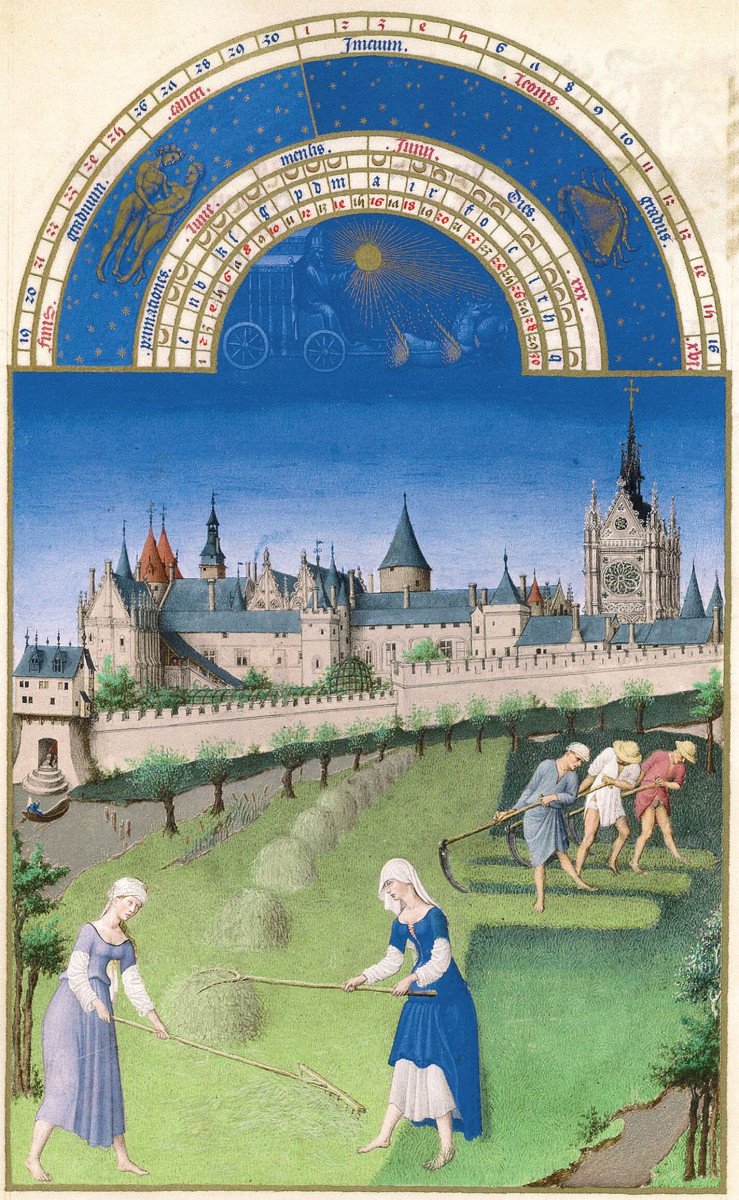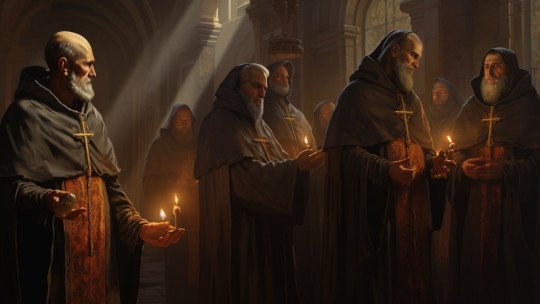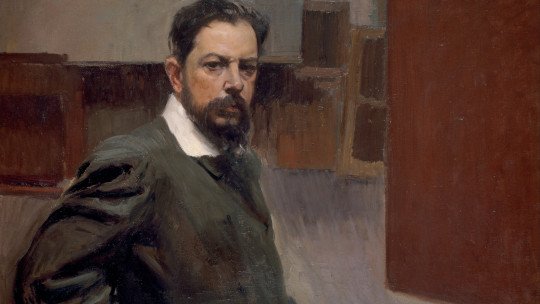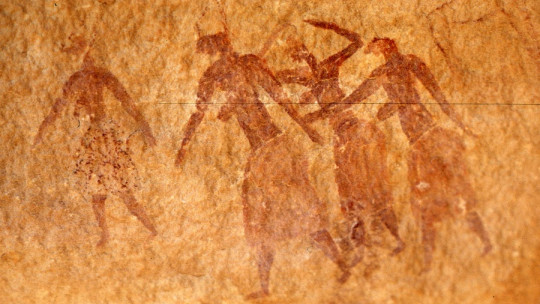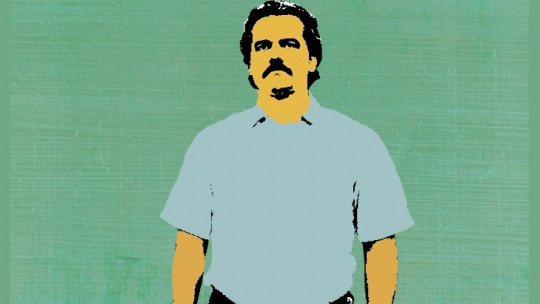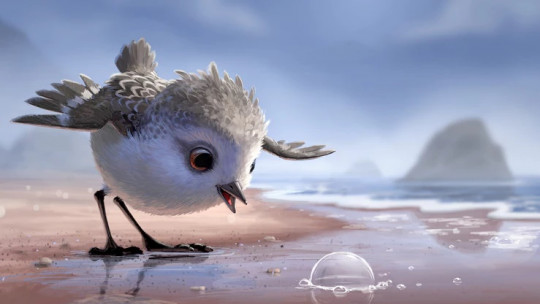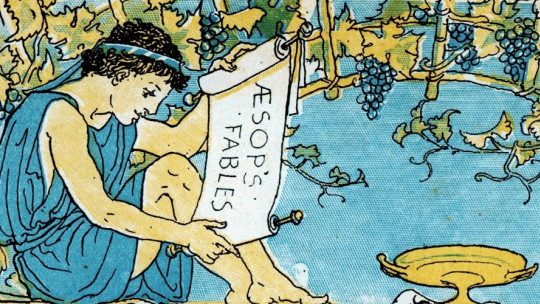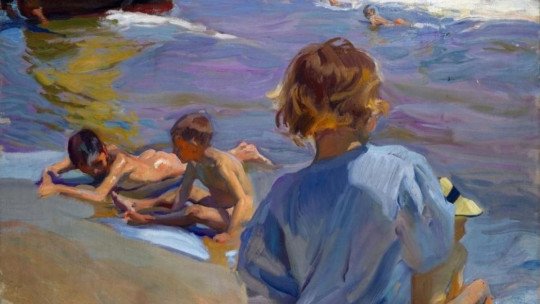
Summer is a time of dolce far niente, that is, of “sweet doing nothing” (at least, for those who have vacations during this season). However, for those who work, the world offers endless varieties of leisure with which to relax at the end of the workday. Because summer is the time for outdoor dinners, non-stop music, events at sea and camping under the stars.
Today we bring you 7 works of art set in this season of the year. Some refer to this carefree leisure; others, to work, which has never stopped being done simply because it is summer. We hope you enjoy and immerse yourself (even more) in the summer season.
Summer through art
Sorolla and its seascapes, where we see happy children running among the waves. Goya and his gallant games in the open air, from a time long before the lurid black paintings. Art Noveau, with Mucha at the helm, with his muses, personification of the seasons… There are many works of art that take their inspiration from summer. Today we bring you 7 of them. May you enjoy them.
1. Children on the beach, by Joaquín Sorolla (Prado Museum, Madrid)
If we talk about summer, it is obvious that most of Sorolla’s works, especially those he painted au plein air on the beach, are great for illustrating the joy that this bright season transmits. Because… who else to capture it on canvas than the “painter of light”?
Children on the beach was painted in 1910 and is one of the many paintings by the Valencian painter that takes the leisure of children in the sea as a theme. On this occasion, we see three little boys stretched out on the sand, right where the waves break, who seem to have fun with the movement of the water. The three of them go naked like children used to bathe in the 19th century (be careful, the boys, because the girls always wore some kind of long shirt).
We can observe their physical differences; While the boy in the foreground is blonde and has white skin reddened by the sun, the two boys in the background are dark-skinned. The canvas transmits a vitality and joie de vivre very typical of the Mediterranean summer.
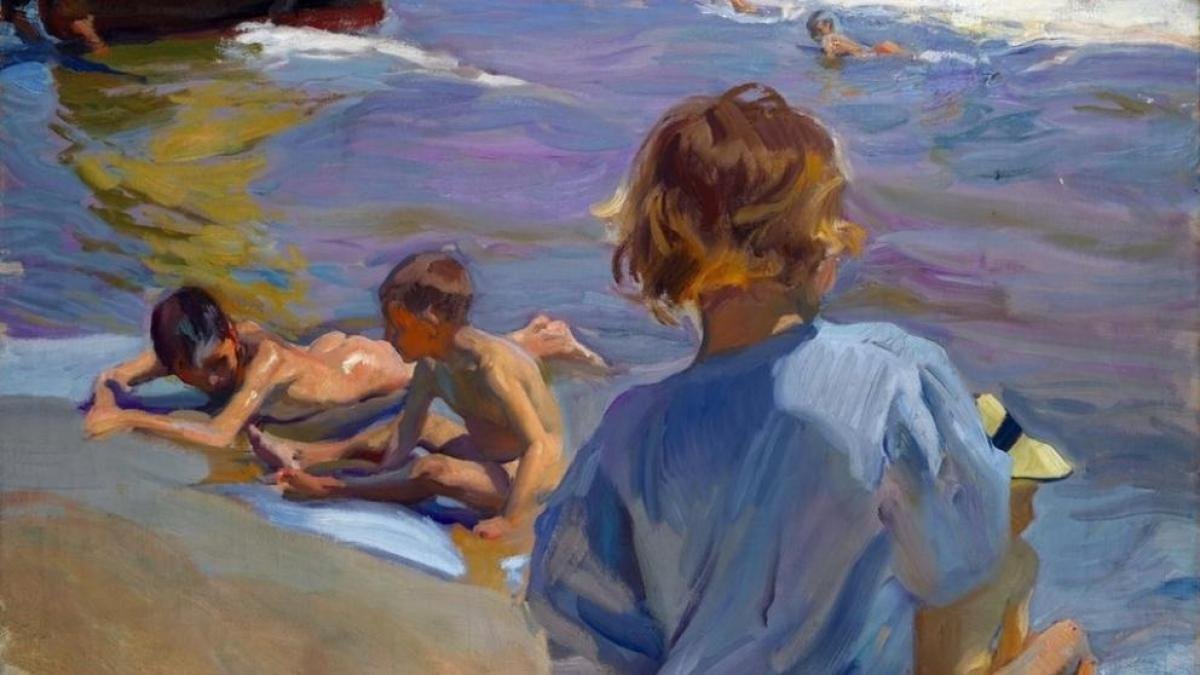
2. August, Ignacio Díaz de Olano (Museum of Fine Arts of Asturias)
The title already invites us to sweat. In the work August, by the Vitorian painter Ignacio Díaz de Olano (1860-1937), we see a rural landscape soaked in a brilliant summer light; only the first term remains in shadow. The motif of the work is traditional: the artist has captured some villagers working in the field.
What could be a hard and tiring moment is captured by Díaz de Olano in a very light way. The two young women in the foreground play with the straw and laugh, exhilarated, while a young man on the far right of the painting looks at them smiling. The yellow of the dried straw gives a warm, almost torrid note, which further enhances the summer atmosphere.
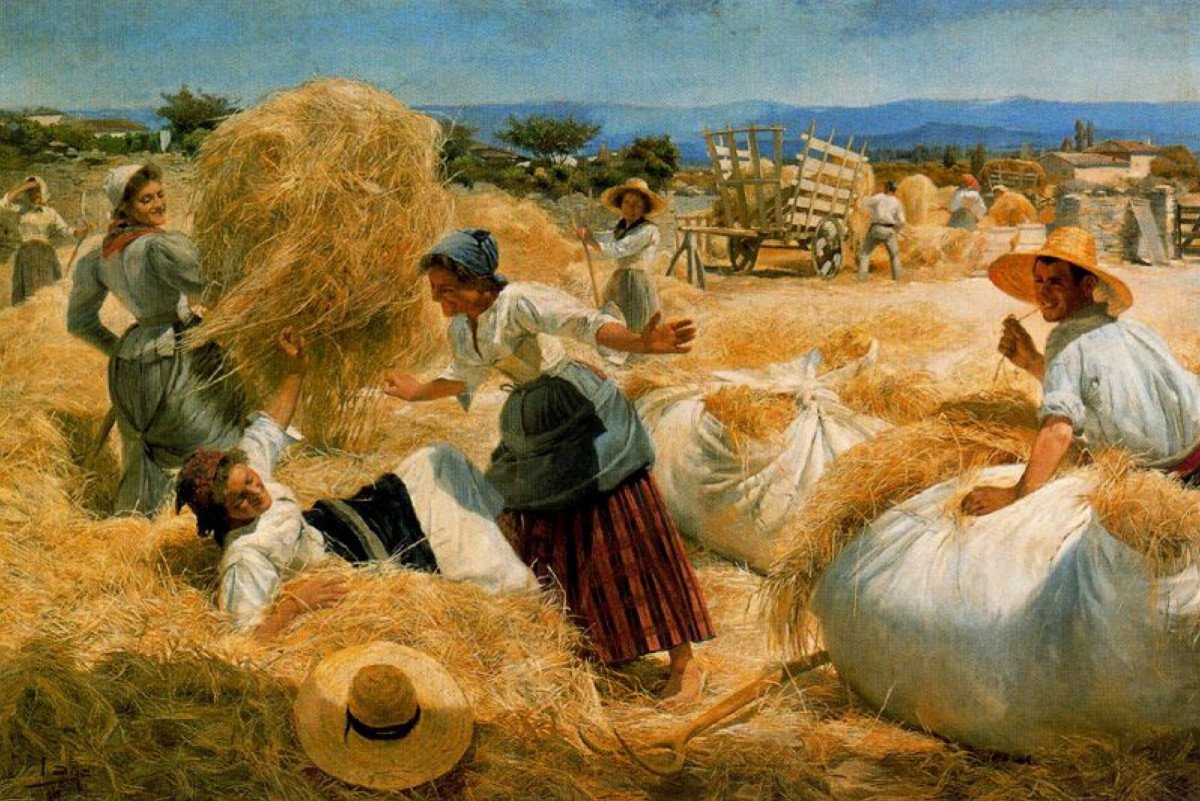
3. Dance at the Moulin de la Galette, Auguste Renoir (Orsay Museum, Paris)
Summer is beach, countryside, sun… and dancing! How can we forget the night music under the stars, accompanied by a soft summer breeze? This is what the brilliant impressionist painter Auguste Renoir (1841-1919) portrayed in his painting Dance at the Moulin de la Galette (1876), where the painter presents an evening dance scene in the patio of this popular Parisian picnic area, located in Montmartre.
We know that it is summer, first, because in Paris it would be unthinkable to hold this type of au plein air evenings in winter. And, second, for the clothing of the ladies and gentlemen; While they wear light-colored, airy dresses, they wear straw hats, the kind men used to wear when the heat was high.
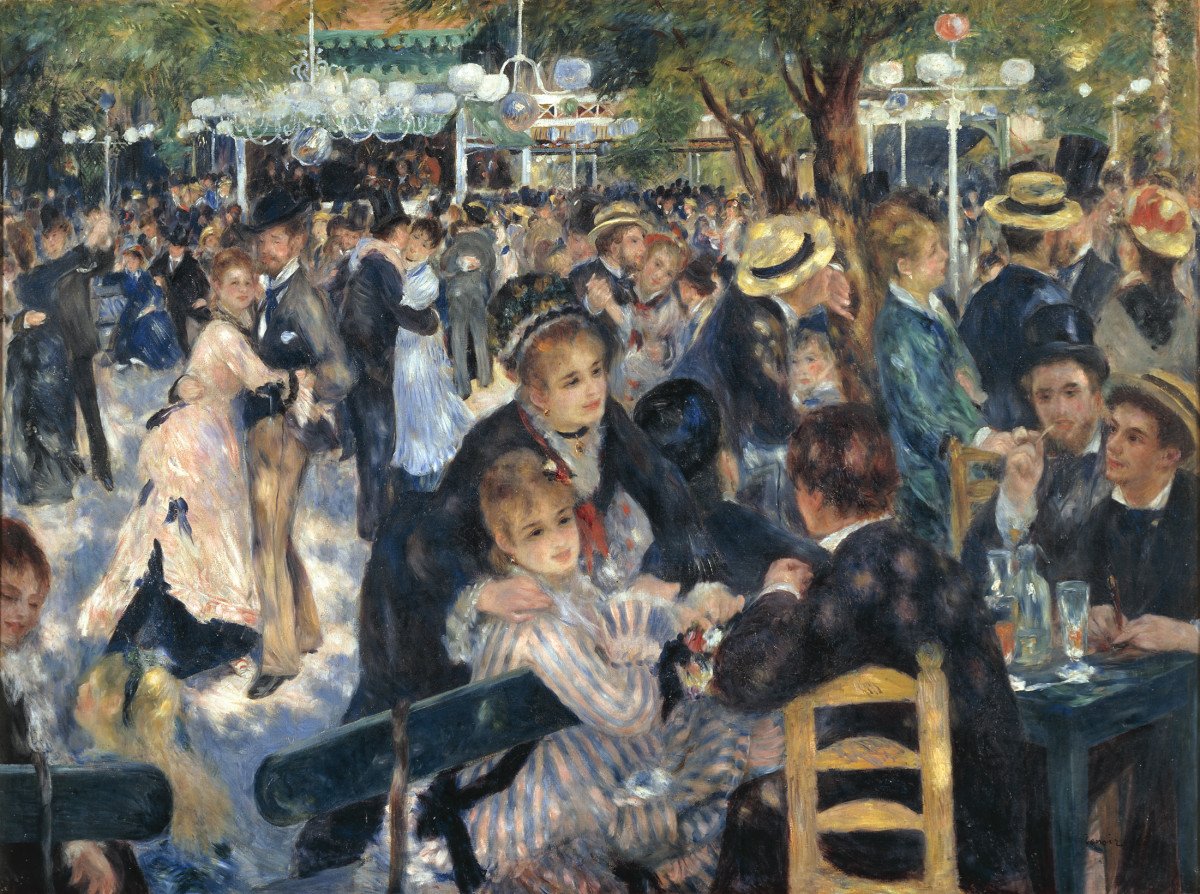
4. Summer, Caspar David Friedrich (Neue Pinakothek, Munich)
With a more than explicit title, this canvas by the romantic painter Caspar David Friedrich (1774-1840) presents one of the artist’s typical landscapes that, however, on this occasion does not seem to hide any transcendent message, as is usual in the rest of his works. his work.
We see a colossal landscape bathed in the opulent light of summer noon; As is usual in the painter’s paintings, the sky occupies a large part of the composition, and reminds us of his other compositions such as the famous Monk in front of the sea. The artist has masterfully captured the suffocating stillness of the moment: even the air seems stopped. The only breath of movement is found in the furtive lovers who embrace each other, tiny, under a vine.
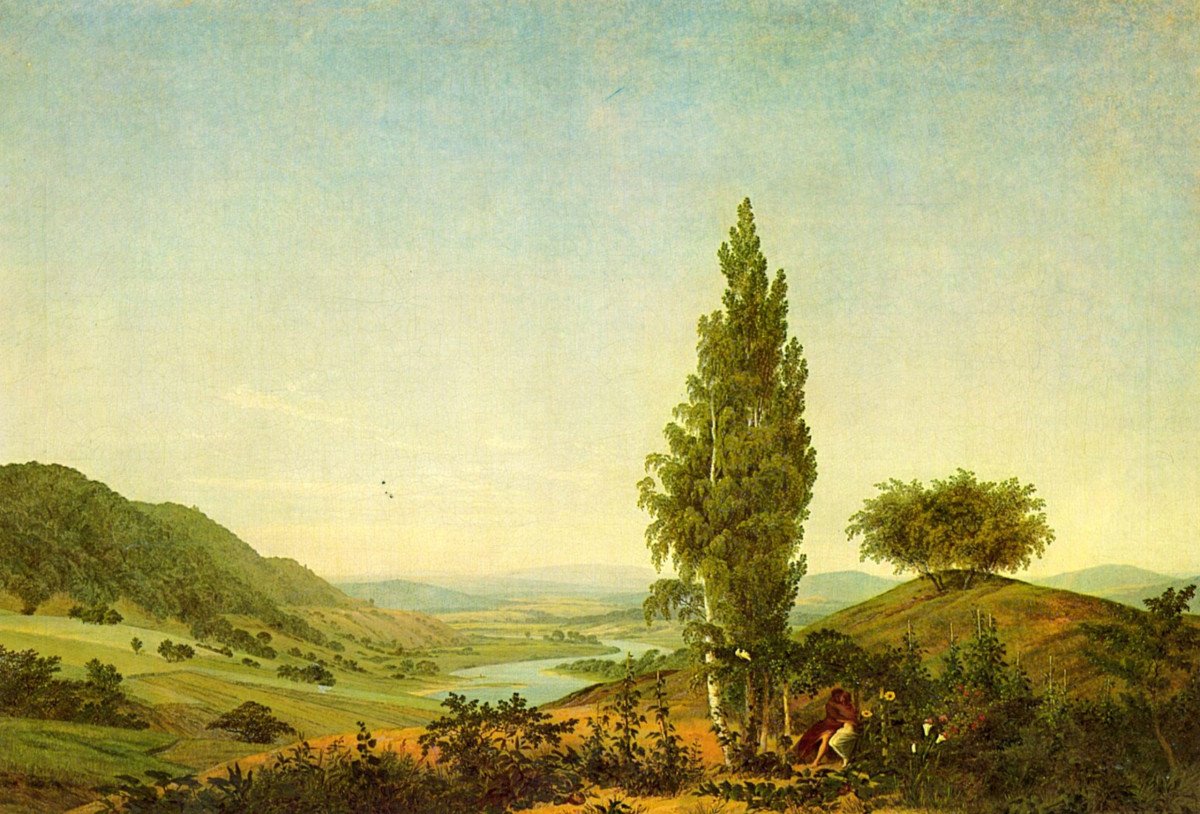
5. Blind Man’s Hen, Francisco de Goya (Prado Museum)
This is one of the famous tapestry cartoons that the painter made, destined for the Royal Tapestry Factory of Santa Bárbara. On this occasion we see a beautiful countryside landscape, wrapped in a soft violet hue, where a series of characters appear, forming a circle, playing “blind man’s chicken”, a very popular amusement at the time.
Some of these characters dress in Goyesque fashion; others wear French attire. Be that as it may, we know from the women’s flowing muslin dresses that the weather is fine, so it is either spring or summer. The twilight aura that surrounds the painting also makes us think of a late hour, which accentuates the idea that it is one of the long days of the year.
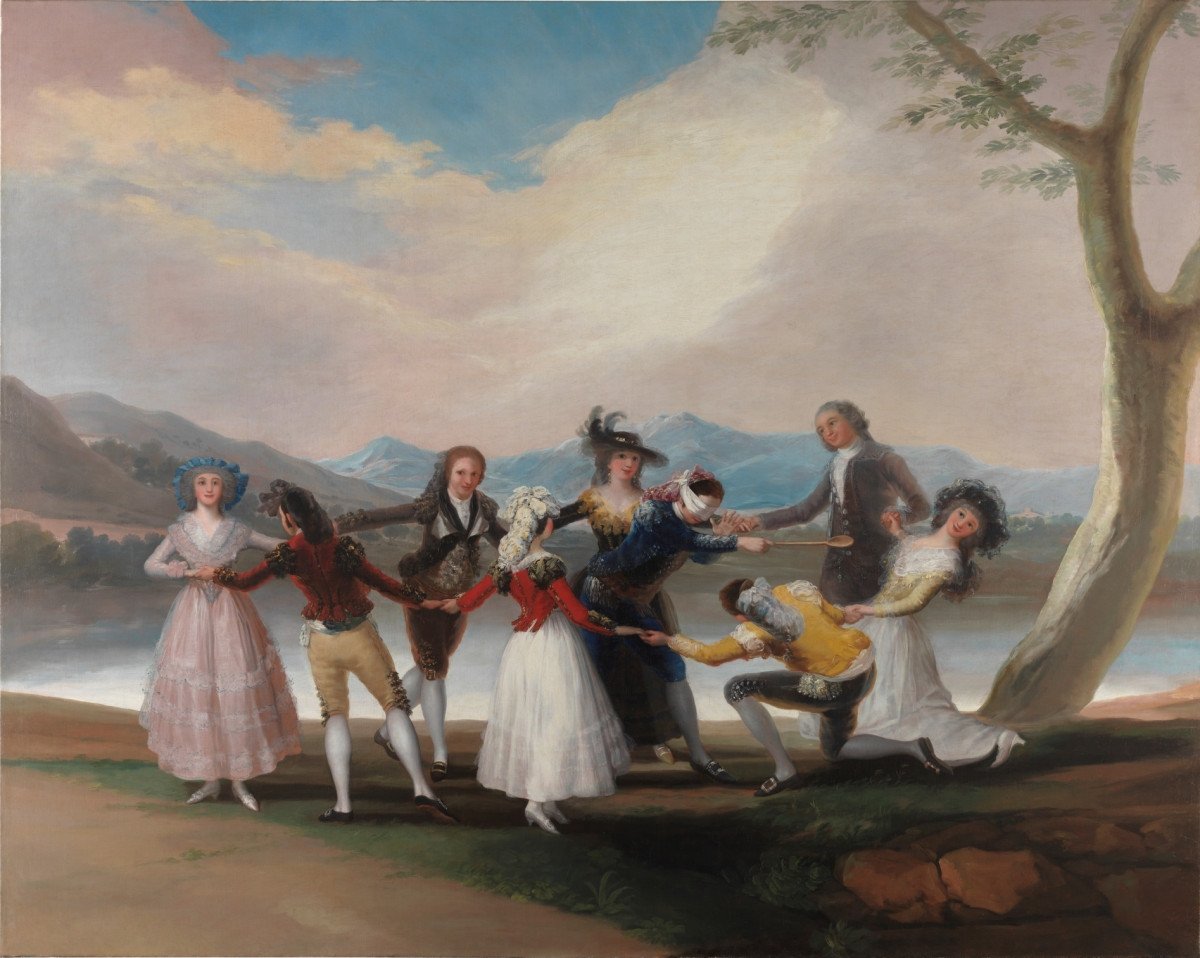
6. Summer, Alphonse Mucha (Private collection)
Summer by Alphonse Mucha (1860-1939) belongs to a series about the seasons in which the artist also represented spring, autumn and winter. As is usual in the painter’s aesthetics (and Art Noveau in general), Mucha personalizes summer in a woman, the main vehicle of expression of the modernist theme.
The summer-woman leans on a branch of what looks like a vine, and looks, half defiant, half dreamy, towards us. She is crowned with poppies (the flower that emerges among the wheat, a summer symbol) and dips her bare feet in a stream. The colors of the composition are warm (the green of the vegetation is barely perceived, and the only thing that escapes the orange palette is the blue of the sky), which further increases the sensation of summer heat and stillness.
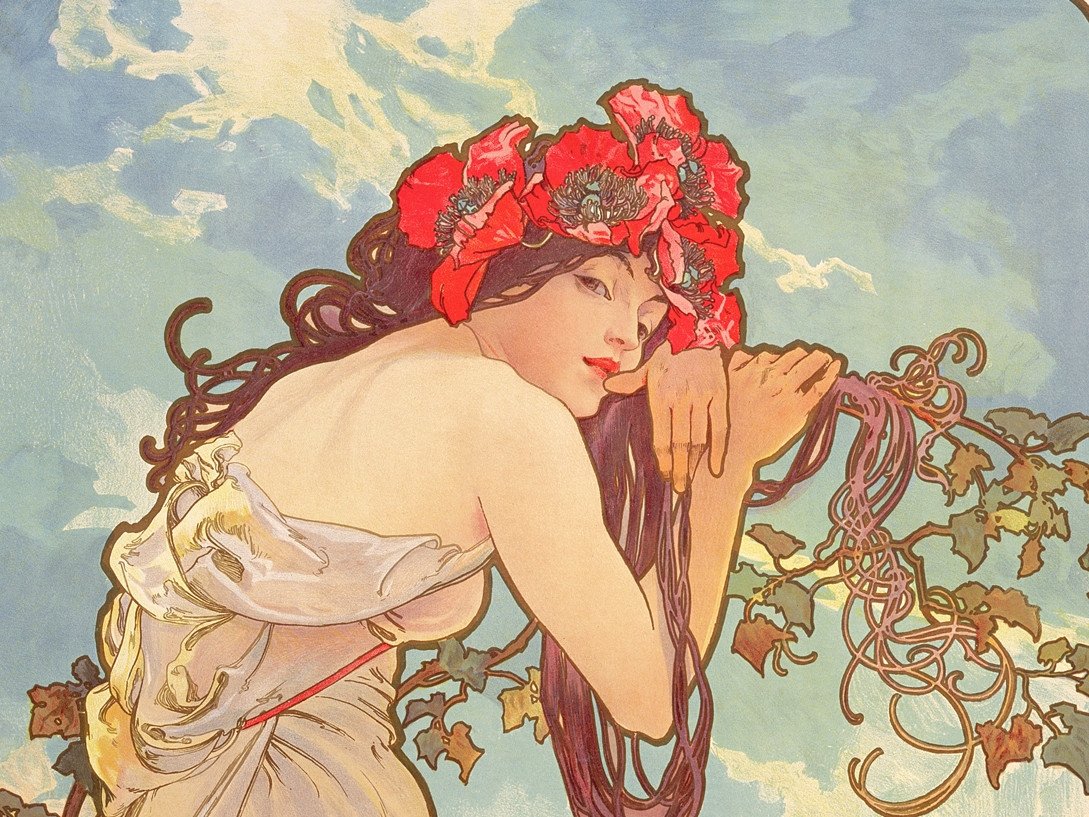
7. June, from the book The Very Rich Hours of the Duke of Berry, by Barthélemy d’Eyck, Limbourg brothers and Jean Colombe (Condé Museum, Chantilly)
Les Très Riches Heures du Duc de Berry, executed in the 15th century by several authors, is one of the most spectacular and best preserved Gothic books. Of the illuminations that correspond to the various months of the year, we highlight on this occasion June, where the majestic silhouette of the Palais de la Cité, in Paris, appears, the enormous fortress that guarded the city in the Middle Ages.
In the foreground, outside the city walls, we see a series of peasants working in the fields; specifically, carrying out the tasks corresponding to the month of June. The two women in blue in the foreground are raking and stacking hay, while, further away, three farmers are plotting the land with their scythes.
The most impressive thing is the brilliant blue lapis lazuli that fills not only the sky, but also the zodiac that rises at the top of the miniature, which, corresponding to June, represents Gemini and Cancer.
